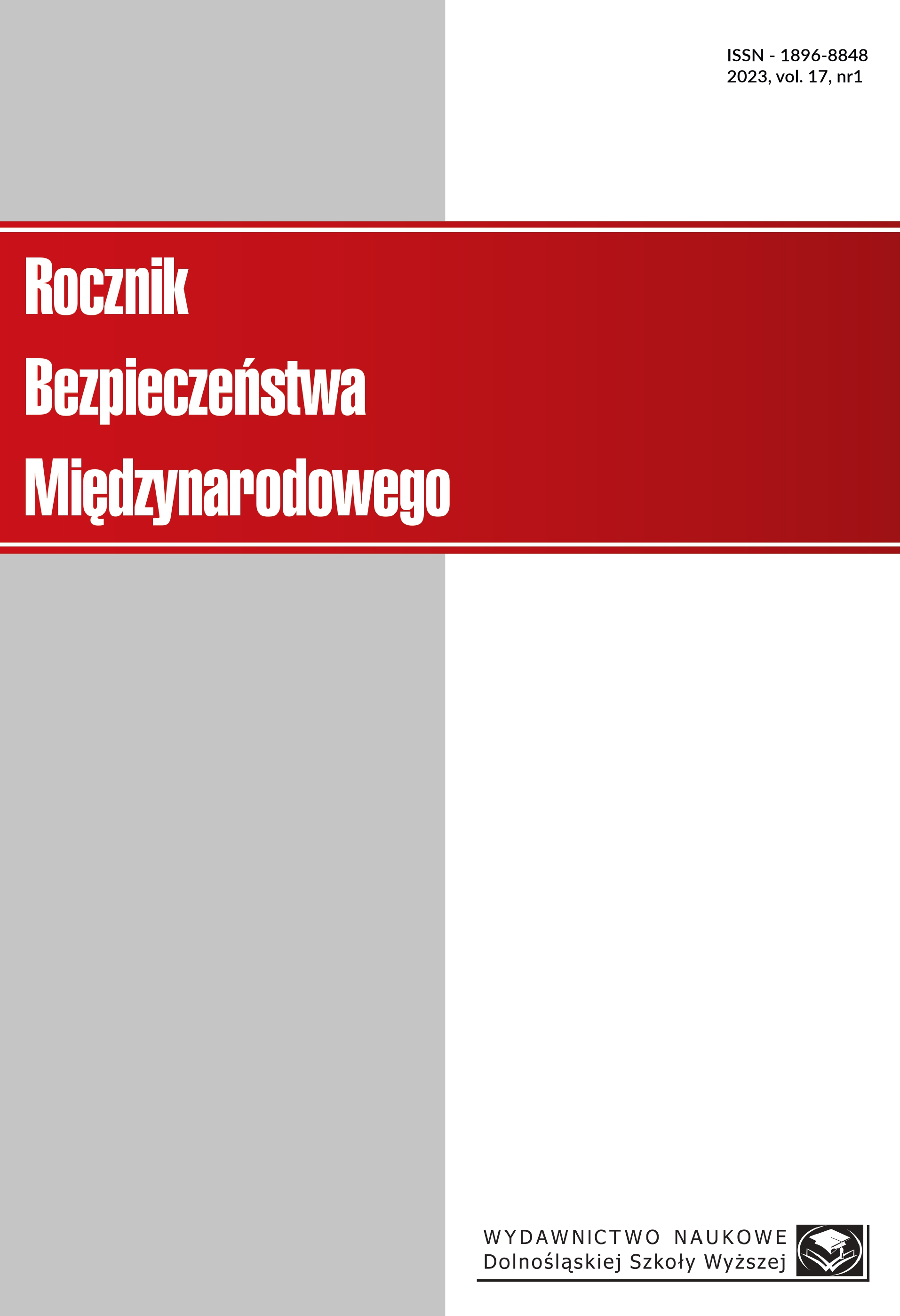Wybrane formy edukacji dla bezpieczeństwa w niektórych państwach europejskich
Selected Forms of Education for Safety in Some European Countries
Author(s): Karina Sikora-WojtarowiczSubject(s): Civil Society, Governance, Public Administration, Security and defense, Military policy, Vocational Education, Adult Education, Higher Education , State/Government and Education, Welfare services, Peace and Conflict Studies, Pedagogy
Published by: Wydawnictwo Naukowe Dolnośląskiej Szkoły Wyższej
Keywords: education for safety in the Kingdom of Spain; education for safety in the Federal Republic of Germany; education for safety in the United Kingdom of Great Britain and Northern Ireland;
Summary/Abstract: Educational activities aimed at developing knowledge and skills in dealing with demanding situations, promoting appropriate attitudes and values, and counteracting potential threats are needed because the scale and nature of modern threats exclude the possibility of their complete elimination. The above statement became an impulse to undertake research on education for safety which is used in the educational system that is part of the countries. The article discusses the activities undertaken as part of education for security implemented in the Federal Republic of Germany, the Kingdom of Spain, the Russian Federation, and the United Kingdom of Great Britain and Northern Ireland. The solutions adopted in these countries were considered potentially interesting due to the variety of school types and structural solutions. The layout of the study was adapted to the specific objectives set and focused on: characteristics of the form of education for security, to include areas of activity (formal and non-formal education) and indicate the possibilities of implementation in the field of native education. When deciding on methods, techniques and research tools enabling the collection of reliable material, attention was focused on the study of available documents (collection, selection, description, scientific analysis and comparison of interesting facts). The analysis of the teaching content allows to present the conclusion that they are focused primarily on improving first-aid skills. Drawing from foreign ways of implementing education for safety, attention should be paid to the breadth and interdisciplinarity of safety, the promotion of safety culture and the cooperation of schools and organizations as part of non-formal education.
Journal: Rocznik Bezpieczeństwa Międzynarodowego
- Issue Year: 17/2023
- Issue No: 1
- Page Range: 51-76
- Page Count: 25
- Language: Polish

